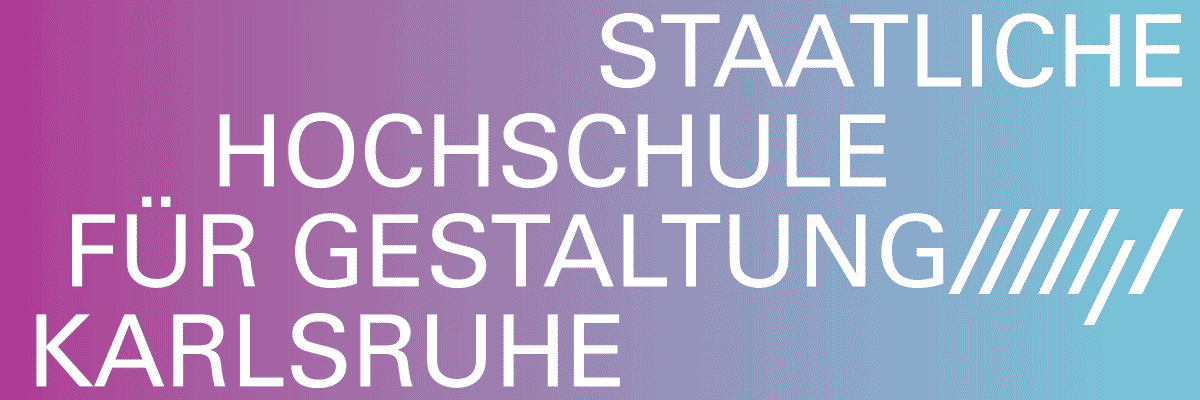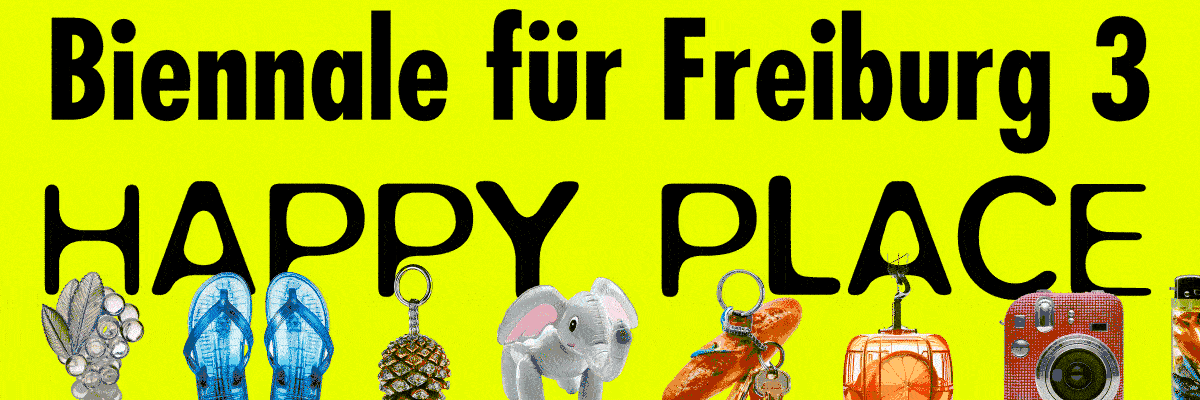
Mónica Mays
Mónica Mays: ridden

Exhibition views, Mónica Mays: ridden, Blue Velvet, Zurich, Switzerland, 2025, Photo: Felix Jungo
Advertisement

Exhibition views, Mónica Mays: ridden, Blue Velvet, Zurich, Switzerland, 2025, Photo: Felix Jungo

Exhibition views, Mónica Mays: ridden, Blue Velvet, Zurich, Switzerland, 2025, Photo: Felix Jungo

Exhibition views, Mónica Mays: ridden, Blue Velvet, Zurich, Switzerland, 2025, Photo: Felix Jungo

Mónica Mays Feeding, falling, flying II, 2025 Found exhaust system, vellum, wax, cardboard, wood 142 x 67 x 66 cm

Mónica Mays Feeding, falling flying I, 2025 Found exhaust system, vellum, wax, cardboard, wood 155 x 50 x 38 cm

Mónica Mays Bottoms I, 2025 insides of found chairs, wood, glass 66 x 66 x 9 cm

Mónica Mays Merry-go-round II, 2025 Metal, found saddle, wax, vellum 150 x 65 x 58 cm

Mónica Mays Merry-go-round II, 2025 Metal, found saddle, wax, vellum 150 x 65 x 58 cm
MÓNICA MAYS
ridden
12 June – 26 July 2025
In her exhibition « ridden » at Blue Velvet, Monica Mays presents a series of sculptures composed of salvaged industrial and domestic objects, evoking the forms and mechanisms of fairground rides. Like theme parks — closed, paradisiacal spaces engineered for evasion and escape — her installations conjure architectures of disorientation and extraction. These are not sanctuaries, but vehicles that traverse worlds, body and mind. These devices siphon sensation, draining energy in exchange for the orchestrated thrill of the sublime — a jolt of adrenaline laced with choreography and control.
In its primary sense, an attraction is a force that pulls. Here, that force becomes a vortex — seductive, violent — revealing the infrastructures that shape submission through delight. On the top floor of the gallery, two spinning metal tubes are enveloped by inverted horse saddles: once symbols of domestication and mastery, here presented as a distorted echo to the carousel, with its wooden horses and endless orbit, turned into a gyratory theatre of reversed eroticism — mechanical pleasure flipped inside out.
This flipping is central to the exhibition, the insides of vehicles are revealed to form the foundation of her sculptural pieces. Mays’ work speaks in metonymies: one object gestures to another system. A collection of miscellaneous materials collected from the insides of found chairs are presented in a new series called « bottoms ». A conveyor belt and taxonomic boards echo roller coasters — vast circuits dictating movement, duration, and calibrated fear. These tracks contain boxes housing moth cocoons: a transit space of mutation and decay. What could be more authoritarian than a ride that scripts every motion?
Inside this closed circuit, nothing is innocent. Every element — a saddle, a cross, a pipe — carries residues of use and abuse. The exhausts in the first floor of the gallery are scorched, bearing visible traces of burns. These are escape mechanisms, but also relics of depletion. They offer no exit, only detour. Desire here combusts rather than resolves — heat without release, motion without arrival.
They reveal support structures normally hidden: the anxious skeleton beneath comfort. These fragments recall not only domesticity but the ergonomics of authority — the way bodies are seated, trained, subdued. Likewise, the taxonomic boxes Mays uses — typically vessels of knowledge, order, and display — are parasitized by moth cocoons, disrupting their logic, turning classification into obstruction.
Here, the chrysalis becomes not just a biological envelope, but a symbol of entrapment-as-transformation — one form of captivity begetting another, more elusive one. Organic matter fuses with industrial debris: exhaust pipes hardened with resin grow into atrophied limbs, or the haunted apparatuses of ghost trains. On the upper floor, a cross made from the charred exhaust system of a car blocks entry. Part architectural body, part industrial reliquary, it stages a sacred claustrophobia — suspended between attraction and crucifixion, fantasy and fatigue.
Mays’s sculptures hover near the body, but never fully become it. Anatomies emerge only to unravel: limbs suggest desire, yet recoil into formlessness. Her practice channels a neo-surrealist logic of collapse, echoing Bataille’s notion of the informe — the formless — that which resists category, undoes taxonomy, and shatters binaries. These pieces are unstable beings: not bodies, not machines, not monuments, but fragments in flux.
Objects here are transformed, stripped of use, imbued with a sensual ambiguity. Through a kind of formal martyrdom, Mays constructs autonomous systems, unsocial and recursive — bachelor machines without function nor progeny. They carry the weight of violence and delight, of exhaustion and pleasure. They are paradise machines: constructed heavens that betray their own illusion.
Her practice resonates with precarious forms, at once intimate and collective, evoking bodies in resilient states, on the edge of decay. Whether in the form of a tube, an exhaust pipe, a cross or a rail, each element derails from its original function — tracing the outlines of power, consumption, and submission, they grow weary, combust, and open toward other possibilities: uncertain, but powerfully fertile. In reproducing the violence embedded in their conditions, these pieces gradually extract themselves from their raw materiality to enter a more existential dimension. They become pure attractions: performative forms, actions, unstable forces that reject all fixity, without ever relinquishing their transformative power.




